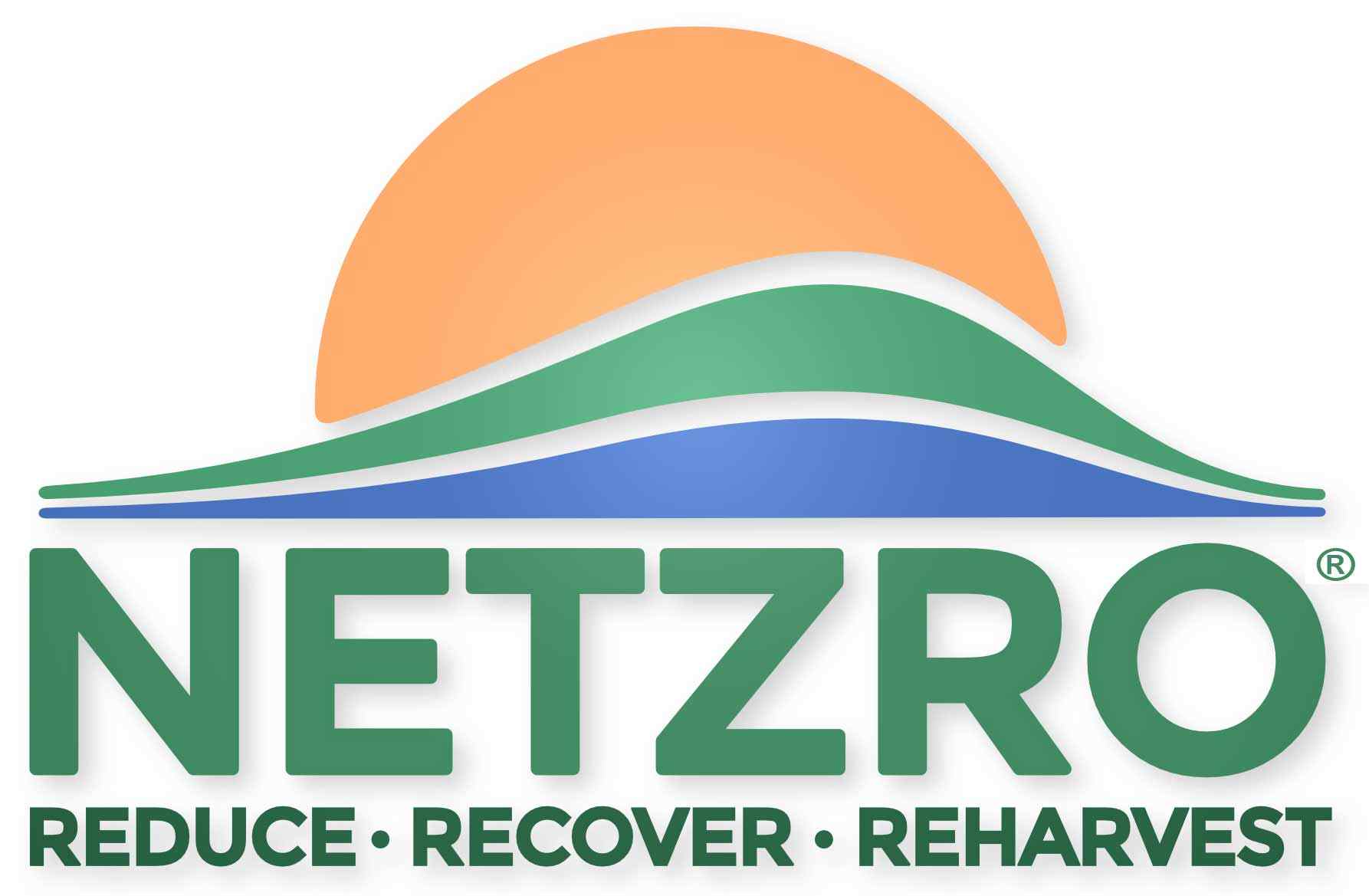Trash to Treasure
Upcycling Explained
When a product is recycled, it is processed for reuse but most often in a way that downgrades its quality, giving it a new use but as a product of lesser value. Upcycling solves this problem by reusing products in ways that uphold or improve their quality.
For example, recycling could look like a piece of notebook paper becoming toilet paper; while this is superior to sending the notebook paper straight to a landfill, it still ultimately ends up in a waste stream. On the other hand, upcycling a product maintains its quality to keep it in the “loop” indefinitely; for example, shoe company Sanuk takes old yoga mats and converts them into shoes.
A Brief History of Upcycling
The term “upcycling” was coined in 2002 in “Cradle to Cradle,” a book by William McDonough and Michael Braungart which outlines sustainable design theory. While upcycling was introduced in “Cradle to Cradle,” the focus of the book was on creating a waste-free economic system. Upcycling is the concept of recycling a product in such a way that creates a product of higher quality than the original product. McDonough and Braungart followed up on this concept in their 2013 book “The Upcycle: Beyond Sustainability- Designing for Abundance.”
According to a book review by Courtney Pankrat of sustainablebrands.com, “The Upcycle goes one step beyond the theory behind Cradle to Cradle: Rather than continuously reusing materials in a closed-loop system as proposed in the first book, The Upcycle suggests that humans can have a net positive effect.” This updated book provides a higher level definition of sustainability that focuses less on merely reducing damage to the planet and more on making the planet a better place for future generations.
Upcycling Applied to Food
For the food and agriculture industries, upcycling looks a little different. Food waste is a rampant issue because many raw food materials have components that are removed during food processing and are then viewed as unusable waste byproducts. With these byproducts, the goal is generally not to keep them in the loop indefinitely- as with other inedible waste materials- but to divert them from waste streams by turning them into new food products.
One such example is ReGrained, a supergrain bar company that utilizes spent grain in their bars. This spent grain- the mash leftover from the beer brewing process- is typically viewed as a food waste product but companies like ReGrained and NetZro are finding ways to repurpose it via upcycling.
Upcycling Challenges
Many upcyclers are even rejecting the term “food waste” entirely and prefer to describe their products as upcycled food. Referring to food items as being made with waste byproducts doesn’t sit right with many people, so the sustainability language used to describe upcycled food products is key to their marketing and widespread adoption.
The article “Upcycled Food Might Be the Future of Sustainability” by Rachel Crowell of Rewire describes a study that was conducted at Drexel University to see how consumers would respond to different names for this category of food product. According to the study, “upcycled” is the term consumers prefer for describing foods made with industry byproducts, followed by “reprocessed.”
The Verdict on Upcycling
In nature, value in the supply chain is in the eye of the beholder. The key to creating value through upcycling is finding the beholder. Every natural thing has uses beyond the traditional function it serves for humans; when we throw away food byproducts, we are underutilizing a valuable resource and wasting nutrients that could have been harnessed by taking an upcycling approach. It is our responsibility as caretakers of the planet to find those alternate functions that eliminate food waste.
Sources:
https://intercongreen.com/2010/02/17/recycling-vs-upcycling-what-is-the-difference/ https://www.sanuk.com/women-sandals-yoga-mat/
https://www.smithsonianmag.com/smart-news/inventors-upcycling-published-their-idea-plastic-book-why-180962182/ https://sustainablebrands.com/read/waste-not/the-upcycle-beyond-cradle-to-cradle https://civileats.com/2018/04/12/dont-call-it-food-waste-entrepreneurs-turn-surplus-food-into-gold/
https://www.rewire.org/our-future/upcycled-food-sustainability/
